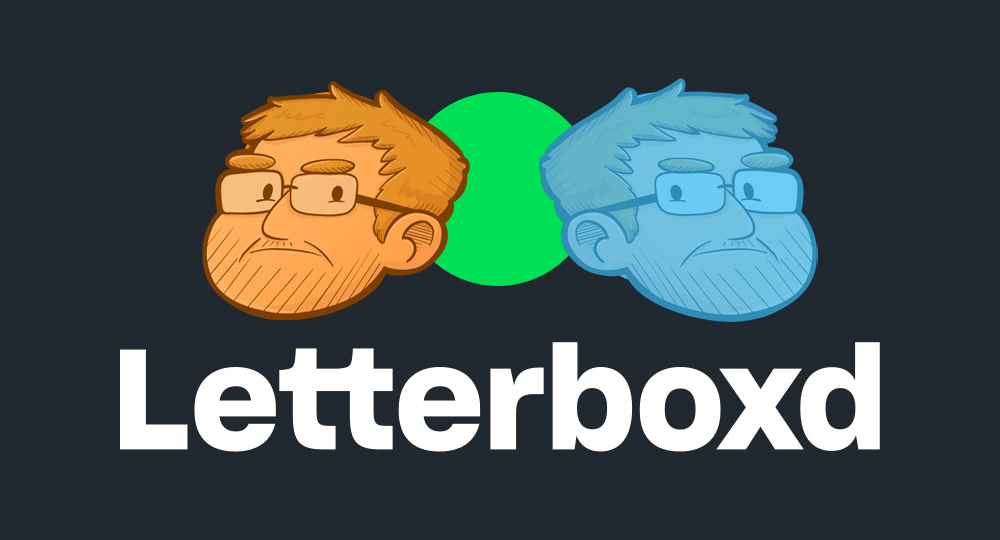Freddy ain’t dead, after all.
Written & Directed by: Wes Craven
Starring: Heather Langenkamp, Miko Hughes, Robert Englund, John Saxon
[This review was originally written for iRATEfilms.com in 2010 to coincide with the release of the Nightmare on Elm Street remake. We are re-posting it here, with a few tweaks and revisions, in observance of Wes Craven’s passing, may he rest in peace.]
The H-Bomb: Actress Heather Langenkamp, star of the original A Nightmare on Elm Street, has been going through a particularly unsettling period. She’s being harassed by some crank caller who sounds an awful lot like Freddy Krueger, and is experiencing a number of vivid, disturbing dreams about him. All the while, her young son, Dylan (Miko Hughes), has been behaving oddly and has been sculpting a very familiar face into his morning oatmeal.
Heather initially assumes these are byproducts of her own anxiety and dismisses them, but when someone near and dear to her turns up dead, with very suspicious claw marks on his chest, she can’t help but wonder… could all of this somehow have something to do with Freddy? Could it, in someway, be connected to that new Nightmare sequel that her old friend Wes Craven has been secretly working on?
With the original Nightmare, writer/director Craven dreamed up an intriguing and frightening concept, one that was based (loosely) on a true story; the notion that someone or something could kill you in your dreams. With it, Craven created a character who, with his burned face, striped sweater, and razor fingered glove, became one of the great icons of modern horror films. Child killer-turned-dream stalker, Freddy Krueger, who spoke in a deep, taunting voice, stayed mostly in the shadows, and despite having minimal screen time, made an undeniable impression.
Of course, because of the movie’s runaway success, many sequels followed (New Line Cinema is The House that Freddy Built). Sadly, the longer the series wore on, the more watered down it became, as Freddy was taken out of the shadows and shoved into the limelight. The result, this character, who was once a terrifying bogeyman, was transformed into an impish, wisecracking jokester who would spout eye roll inducing one liners and ultimately became about as scary as your average Scooby Doo villain.
The series finally hit the nadir when it featured Freddy flying around on a broomstick and playing Nintendo, and the once formidable dream slayer was put out of his misery once and for all. Or so we thought…
With New Nightmare, Craven himself has resurrected the character, ten years after the original film, and lo-and-behold, it is the only sequel that even comes within a sandman’s fart of the original. In fact, I’ll go out on a limb and say it’s the best film of the Elm Street series, even better than the original. Sadly, it was largely ignored upon its initial release in 1994, and while it has found an audience over the years, it still has never quite gotten its due.
The main aspect of New Nightmare, that sets it apart from the other Elm Street films, is that it’s what is nowadays known as a “meta sequel.” It’s set in a universe where the Nightmare series exists as it does, but now that a new film is going into production, the makers of the original Elm Street films have been plagued by recurring nightmares, threatening phone calls, and packages in the mail. Langenkamp and her son, Dylan, seem to have been targeted in particular. But is this stalker just some overzealous Freddy fan? Or is it something else entirely?
An aspect of the film that might turn off audiences is that the story line is more cerebral than your average slasher, and it requires them to buy into a metaphysical concept that is pretty hard to swallow (perhaps even more than a ghost that can kill you in your dreams). That, and the fact that this is much more of a slow burning psychological thriller than a straight up gore fest, may put off some of the series’ more blood thirsty fanboys.
For me, however, these are the virtues of New Nightmare, that it is character driven and unfolds at a deliberate, dread-building pace. Craven gives us time to get to know Heather and Dylan, and allows the tension rise gradually, until it finally comes to a head in the last act. Most importantly, Craven makes minimal use of Freddy. Krueger’s presence is felt throughout the entire film, but he is only shown at key moments. His appearance is delayed for so long, that when he finally does rear his ugly, flame-ravaged head, it is all the more powerful.
Of all the films in the franchise, this by far has the best performances. Heather Langenkamp, playing a fictionalized version of herself, has shown considerable growth as an actress since her performances as Nancy in Nightmares 1 & 3, putting in an impressive effort as a frightened, paranoid character at her emotional and psychological breaking point. Miko Hughes, who you may remember as the un-dead toddler from Pet Semetary, gives one of the most complex performances that I’ve ever seen from a child actor as Heather’s afflicted son. John Saxon, producer Bob Shaye, and director Craven also appear as “themselves,” and they aren’t half bad.
But the bitch of the bunch, the reason we’re all here, is Robert Englund. He IS Freddy Krueger! Nothing against Jackie Earl Haley, but Englund is, and will always be, Freddy. He’s owns the role, now and forever. He’s on camera less here than he is in the other sequels, but when it comes to Freddy, less really is more. Krueger’s been returned to the shadows where he belongs, and with his slightly new look, including a bio-mechanical razor glove, he truly is more menacing than he ever was before. This is by far Englund’s best performance as the charred-up child murderer.
As stated, this is a better film than the original Nightmare because, as good as that film was, this one is more assured, more mature, and overall more effective. Craven has honed his skills as a filmmaker in the decade between the two movies and it shows. Even if you don’t agree that it’s better than the first, you must concede it’s the only sequel to measure up to it. New Nightmare is an intelligent chiller that excises the high camp horseshit of the earlier sequels in order to deliver a truly original horror film.




